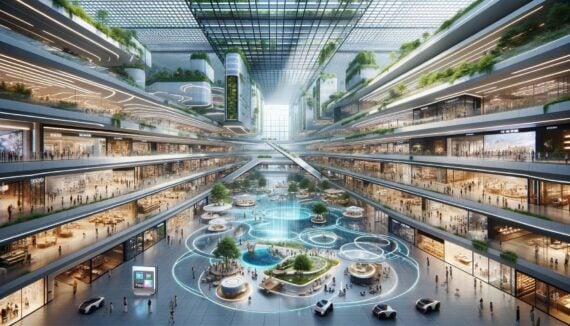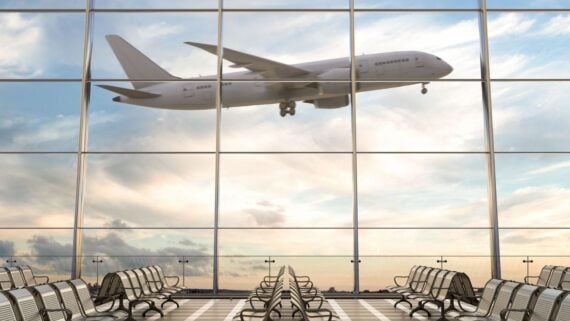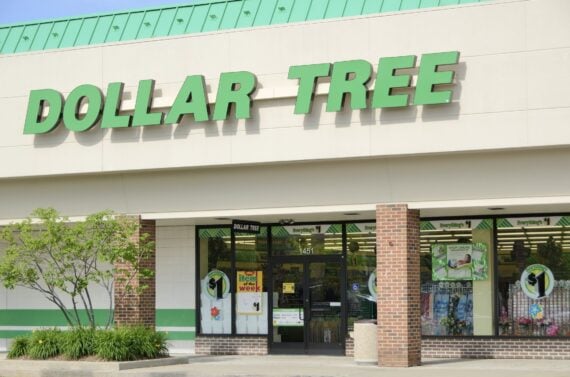Growing up in New York City, the mall was considered the coolest hang-out spot. I remember being so excited to get out of school and walk over to Queens Center Mall to kick it with my friends. Some of my happiest memories were made at the mall, whether it was sharing a meal or a cup of soda (listen, we were broke) at the food court, or just walking around in this shiny, sprawling center.
But over the years, malls have undergone significant transformations — evolving from simple shopping centers to complex, multifunctional spaces that cater to a wide range of consumer needs and preferences. Here are seven ways in which malls have changed over time.
1. There Are a Lot More Retail Options
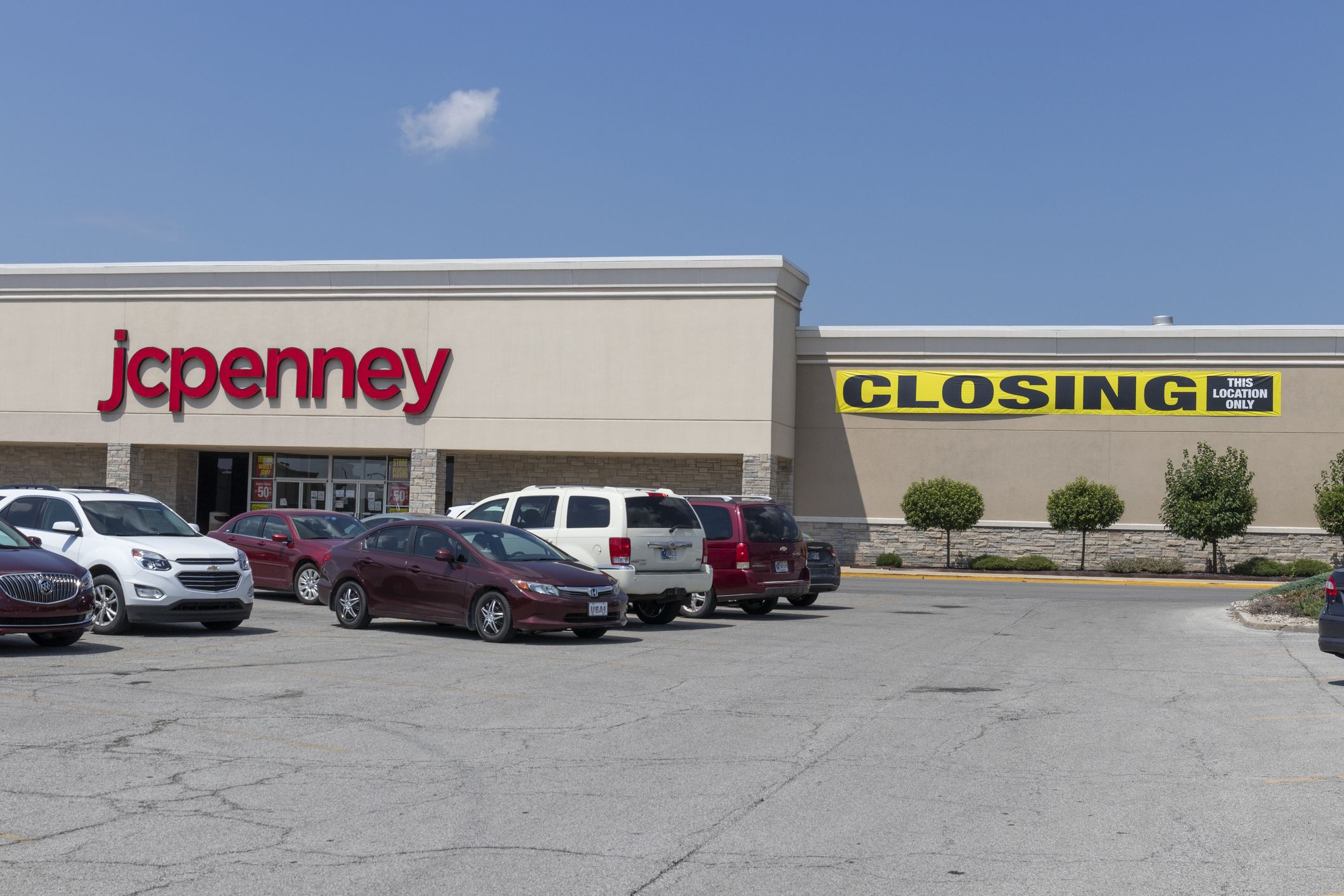
Beyond traditional department stores, which feature the usual suspects like JCPenney, Macy’s, and Nordstrom, malls now offer a much wider range of retailers. These include specialty stores like boutique shops, luxury brands, and pop-up stores to attract a broader demographic and keep pace with evolving consumer trends.
Related: Mall Gone: Sam Goody, K-B Toys, and Other Mall Stores We Miss
2. There Are Also More Entertainment Venues
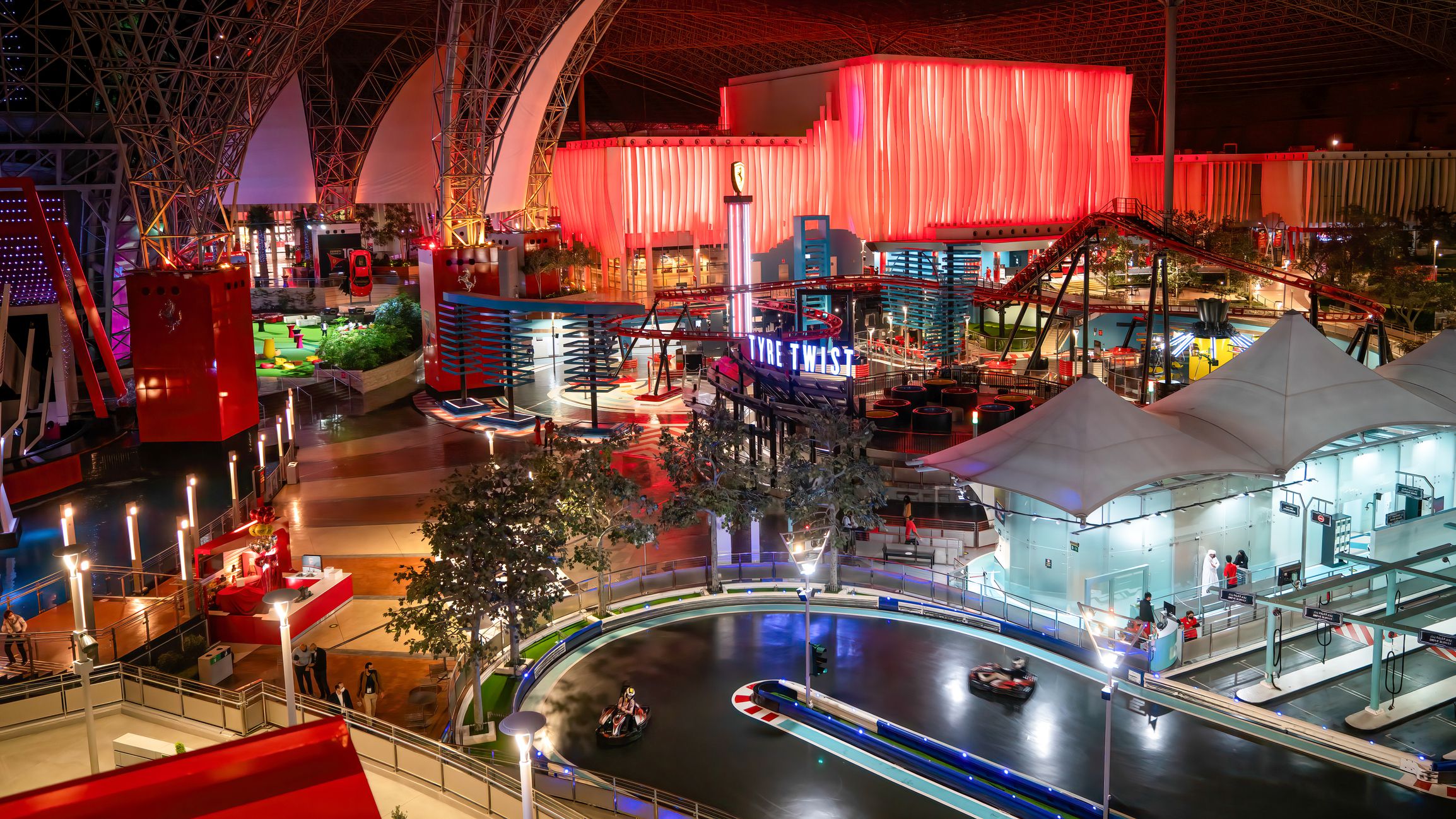
Back in the day, the mall came with a food court and (maybe) a movie theater. That was it. But nowadays, in order to attract visitors looking for activities beyond shopping, malls often include an array of other entertainment facilities. These can include arcades, indoor theme parks, bowling alleys, and even more lavish options like ski resorts, aquariums, and ice skating rinks.
Related: How Movie Theaters Have Dramatically Changed Since You Were a Kid
3. Expansion of Dining Options
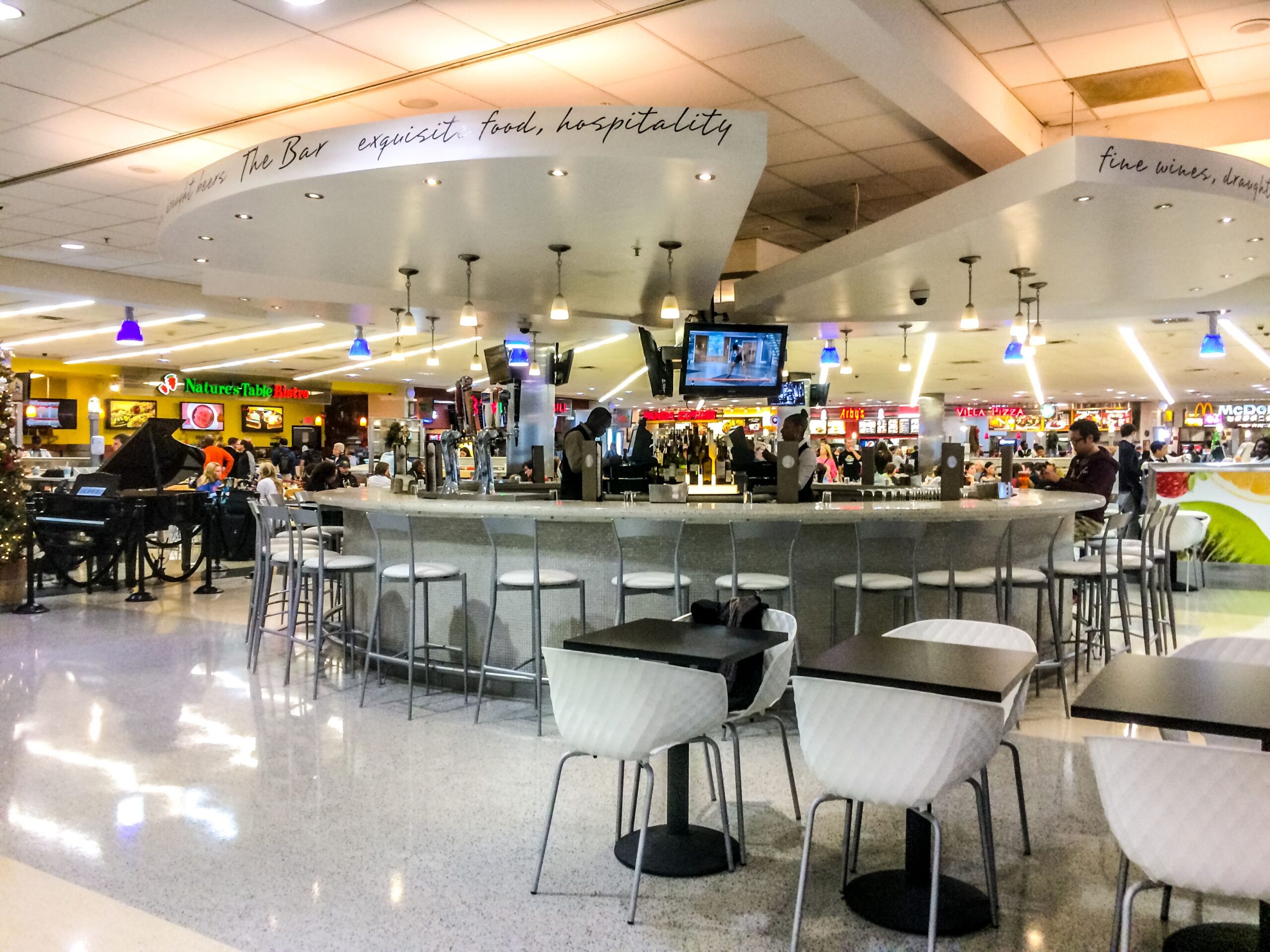
Speaking of food courts, malls have now evolved into eclectic dining experiences — complete with a mix of fast food, international grub, and even upscale restaurants. Malls often also partner with other companies to offer events like food festivals, wine tastings, and pop-up kitchens to attract new visitors and increase its social presence.
Related: The Best Mall Food Court Restaurants, Ranked
4. Introduction of Services and Experiences
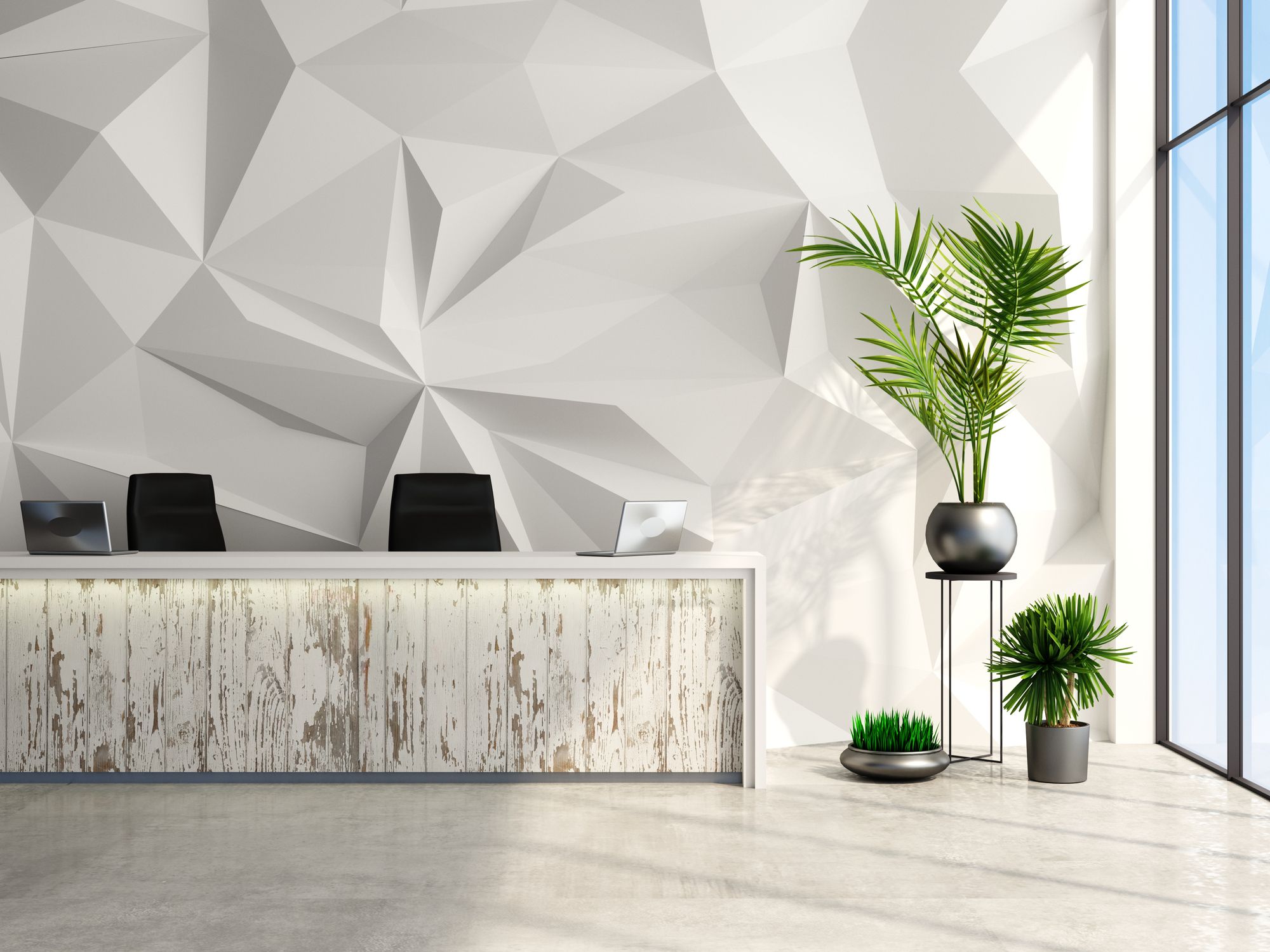
But it doesn’t stop at just food. Many malls now also offer services such as fitness centers, spas, and beauty salons, as well as experiential stores where customers can engage with products in interactive ways (think virtual reality, DIY workshops, and live stream shopping). We’ll probably be able to run other errands like go to the bank and the post office at the mall soon, too.
5. A Growing Emphasis on Community and Public Spaces
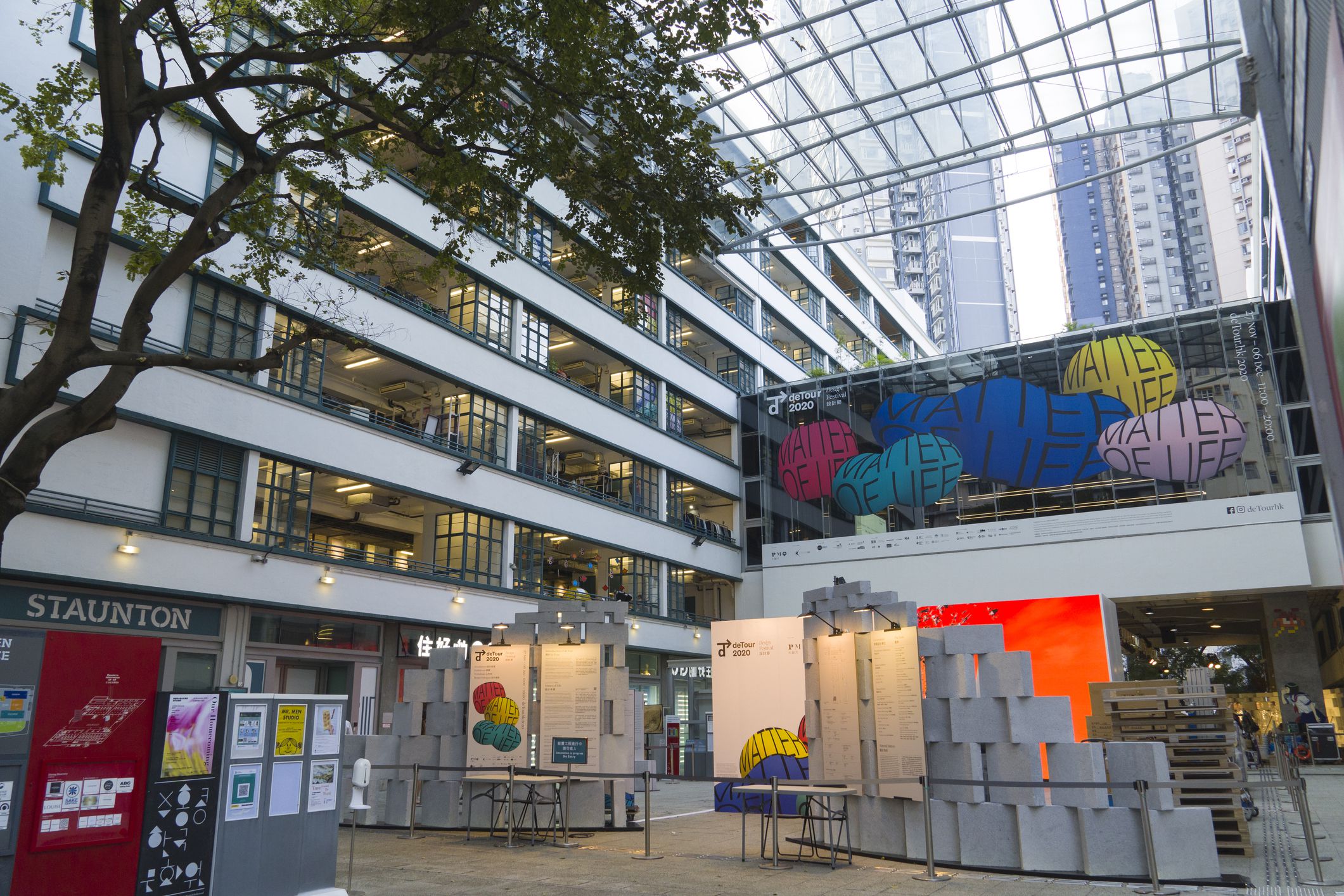
Today’s malls are being reimagined as community hubs — with some featuring communal spaces and public events like art exhibits, photo ops, and social gatherings. Designed to foster a sense of community and drive new business, these events move beyond the traditional retail focus to create spaces where people can come together and engage in shared experiences.
Related: Best ‘Main Street’ Shopping Districts in All 50 States
Trending on Cheapism
6. Pivot Towards Green Energy
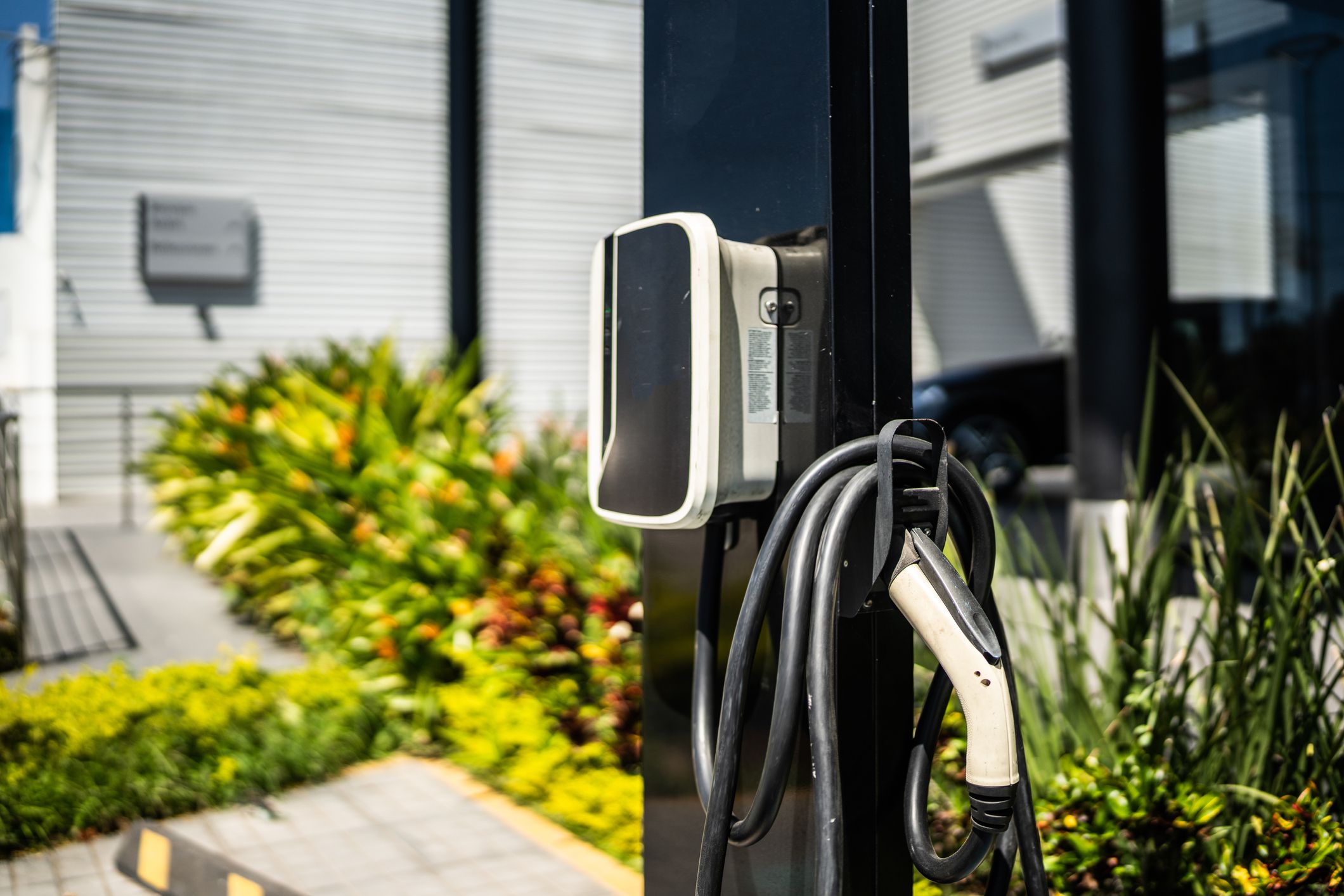
In response to growing environmental concerns and demand for sustainability, some malls have taken steps to implement things like renewable energy resources, energy-efficient designs, and electric vehicle (EV) charging stations aimed at reducing their carbon footprints. This shift is reflected in the design, operation, and maintenance of many modern-day malls.
For more consumer news and other savvy life hacks, please sign up for our free newsletters.
7. Development of Mixed-Use Complexes
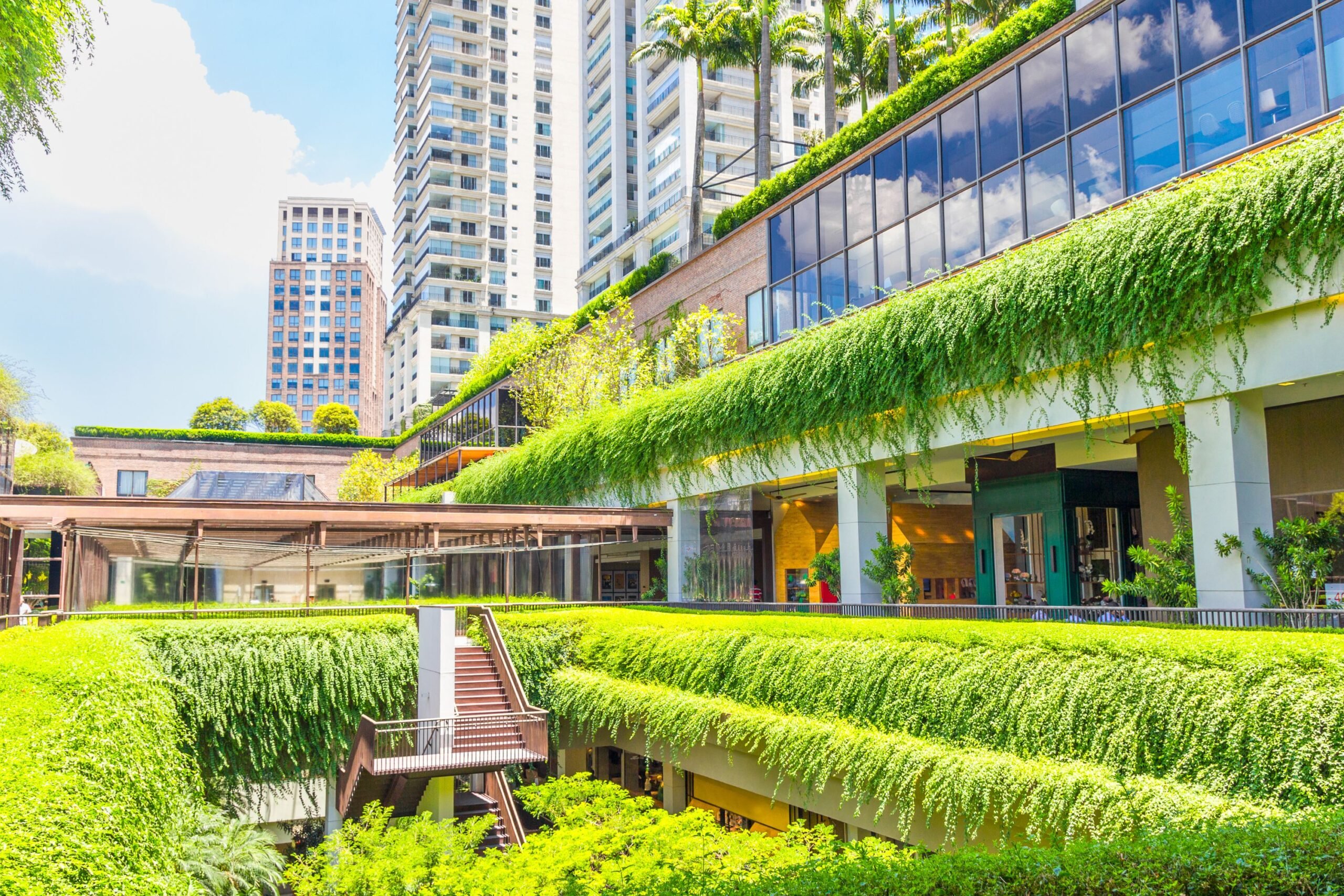
Some malls have increasingly become part of larger developments, which include rental spaces like offices, residential units, and even hotels. But amid all these developments, one question remains: Are we doing too much? Should malls stay low-key, or is this evolution inevitable? Let us know what you think.
